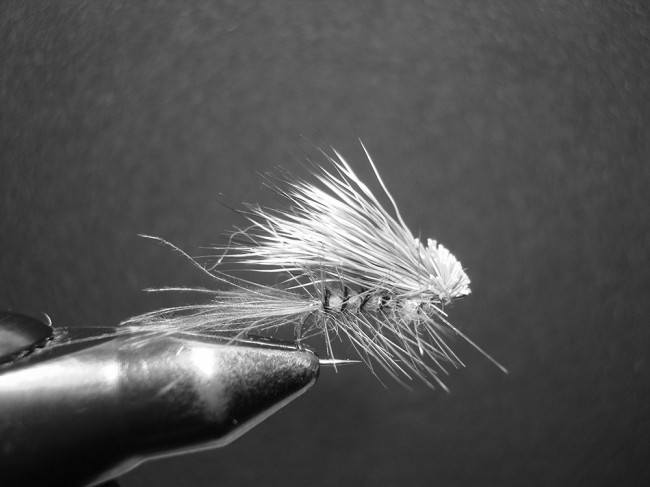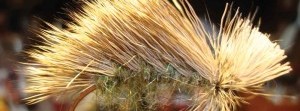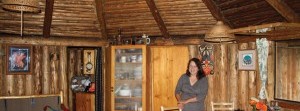
Photo Credit: Brian Smith
Winter blues and good hobbies
It’s happened to me every year for the past 50: that lonesome feeling I get when my favourite lakes and rivers have worn me out and gone to sleep for the winter.
For them, it’s a welcome chance to relax from their summer cycle of mass production and growth that sustains their fish and wildlife; for me, it’s a time to reflect on the year that was, take a crack at designing or tweaking some new fly patterns for next year, and perhaps get some writing done in order to nudge lingering projects out of the way for the upcoming season.
Fly-fishing, next to my family and friends, keeps me enthusiastic about life and gives me reason to suspect that my present 68 years and good health could possibly lead to 90 or so.
Good fly patterns take many years to develop; many are knock-offs and have sprung from the thoughts and patterns of original inventors, which in all likelihood also came from the ideas of others and so on—most of mine do. The Elk Hair Caddis was the brainchild of Pennsylvania fly-tier Al Troth, who developed it in 1957 for his eastern streams.
Troth moved to Montana in 1973 and began a fly-fishing guiding business on the big Montana rivers, where he introduced his pattern to friends and clients and finally published his fly in Fly Tyer magazine in 1978. From there, it became more popular and has now found a place in every fly tier’s favourite box of dry-fly patterns. Troth died in 2012, but his famous pattern will live forever.
I call my pattern the “Caddis, CDC Emerger.” It’s designed along the same profile as Troth’s caddis, but with several differences: over-wing of deer hair instead of elk, a trailing shuck of whole CDC (Cul de Canard) feather and a dubbing colour of my choice with corresponding hackle.
I use deer hair for my over-wing because it is suppler than elk, so easier to work with on very small flies, and because deer is available in a multitude of dyed colours and coarseness; I like medium-length hair and texture for my river flies. CDC forms the trailing shuck and is made of duck oil gland feathers that float like a cork to create a dragging effect that suggests an emerging or fleeing caddis fly, which I think triggers a quick “should I?” response from a fish that sees it. Dubbings and hackles can be various colours depending on the species of hatching caddis—I use a tan body with brown hackle and naturally light or bleached deer hair wing 90 percent of the time.
The size of your caddis is important. Early in the season, June and July, I start my fishing with a size 14, but later in the year as rivers drop and the flow ebbs I’ll drop several sizes, even to a 22 or 24, much to the delight of the trout and me.




